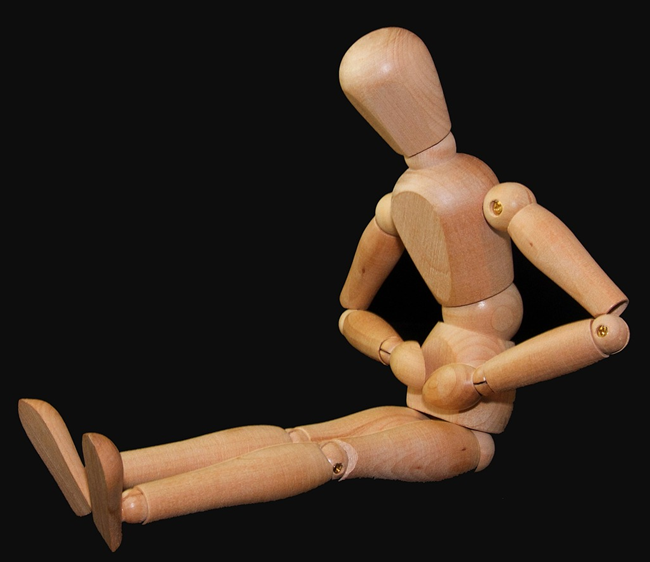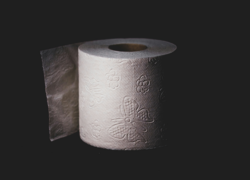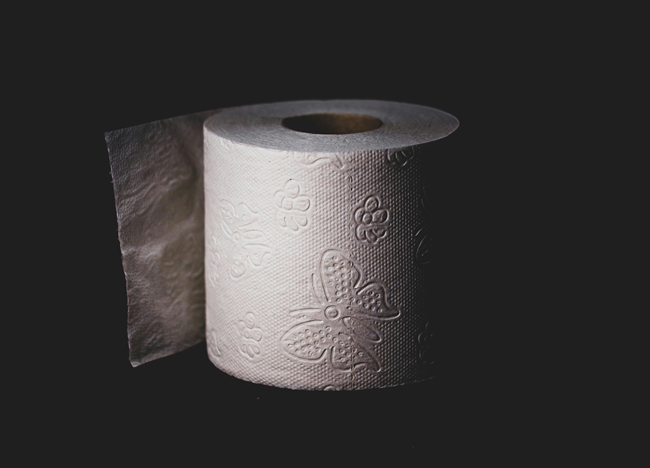Over the last few months I have written several articles on thiamine for contract and publication in a medical journal. I will link and share them when they are published, but for now, I’d like to share some quick thoughts on what I have learned.
Dysmotility, Dysbiosis, and Thiamine
Among the more interesting discoveries is the fact that bacteria in the colon synthesize thiamine for use by colonocyte mitochondria. The implications of this are broad when one considers the incessant use of antibiotics and agricultural chemicals that destroy the gut microbiome in relation to the ever-increasing frequency of dysbiosis and dysmotility syndromes plaguing modern healthcare. While it is semi-common knowledge that bacteria synthesize thiamine and other B vitamins, what has not been fully appreciated is that gut bacteria, particularly those in the large intestine, depend upon those B vitamins for proper colonic function. Could thiamine be a key variable in GI health? I believe so.
In general, thiamine must be consumed from dietary sources and then absorbed passively or actively transported from the small intestine into the bloodstream, where it is converted to the active form, thiamine pyrophosphate (TPP), and eventually, transported into the mitochondria for use in the conversion of food into energy or ATP. Absent sufficient thiamine, mitochondrial energy production wanes, adaptive measures ensue, and all of the functions dependent upon ATP dysregulate. In the gut, reduced ATP leads to a host of inflammatory bowel conditions.
Unlike humans and animals that have to physically consume thiamine, plants, bacteria, and other microorganisms, synthesize thiamine endogenously from various substrates. Like humans, however, when the substrates, and thus thiamine, become low, death and disease ensue. In fact, when thiamine is low, the balance of power between ‘good’ bacteria and ‘bad’ bacteria shifts. It appears that the more pathogenic bacteria, the so-called bad bacteria, can evoke thiamine salvage pathways more effectively than their counterparts. This can be amplified by the presence of certain sugars in the host’s diet. The strains of bacteria most resistant to death are those that can catabolize substrates from the beneficial bacteria to effectively ensure not only their survival but dominance of the microbial ecosystem. Antibiotics, which inevitably diminish thiamine and other B vitamins, propagate the survival of the stronger, more pathogenic bacterial populations that are capable of enacting thiamine salvage pathways while diminishing or destroying the more beneficial populations that cannot.
In the GI system, this becomes particularly problematic, especially when one considers just how dense the populations of microbial life are. Some estimates suggest that we carry at least as many bacterial cells as human cells in the human GI. While other estimates suggest the number is even higher, arguing for a 10:1 ratio of bacterial cells to human cells and a 100:1 ratio of microbial genome content compared to human genome content. Whether the ratios are 1:1 or 10:1 or somewhere in between, the microbial ecosystem in our GI tract is hugely important to health and, with everything else, highly dependent upon thiamine.
Bacterially Synthesized Thiamine and Dysmotility
Although most of the thiamine required for mitochondrial function is consumed from the diet, in both the small and large intestine, a little over 2% of thiamine is synthesized endogenously from at least 10 species of bacterial populations. Granted 2% does not sound like that much unless we consider what that 2% is responsible for. In the large intestine, bacterially synthesized TPP is taken up directly to colonocyte mitochondria via the colonic thiamine transporter (SLC44A4) to power bowel motility, among other functions.
Think about how many people suffer from dysmotility syndromes with too much or too little movement. Think about how many of them are likely to suffer from disturbed microbial ecosystems from regular antibiotic use. Might the two variables be interacting to create a local thiamine deficiency? Might local thiamine deficiency be at the root of bowel dysfunction, at least initially? Systemic effects of thiamine deficiency notwithstanding, which almost always begin in the gut, it is conceivable that antibiotic-induced dysbiosis drives a significant portion of local thiamine deficiency via microbial disruption, which in turn, drives dysmotility.
Given bacterial synthesis of thiamine and its role in colonic function, persistent dysmotility might simply represent a lack of locally synthesized thiamine either from bacterial dysbiosis and/or a genetic variation in colonocyte transporter gene SLC44A4. When we consider the earliest symptoms of systemically insufficient thiamine also involve GI dysfunction and dysmotility, it is difficult not to acknowledge the possibility that we are missing an important factor in a broad range of dysbiosis and dysmotility syndromes.
We Need Your Help
More people than ever are reading Hormones Matter, a testament to the need for independent voices in health and medicine. We are not funded and accept limited advertising. Unlike many health sites, we don’t force you to purchase a subscription. We believe health information should be open to all. If you read Hormones Matter, and like it, please help support it. Contribute now.
Yes, I would like to support Hormones Matter.
Image by Wolfgang Claussen from Pixabay.
This was published originally on September 7, 2021.
















I would be really curious if Ulcerative Colitis could be corrected via thiamine supplementation. I have heard some people say they cured themselves with it, but probably not that common to hear that. Perhaps it depends on dose and coinciding diet if there are any examples of success.
I did read a study that there are butyrate producing bacteria in the colon that feed on thiamine. That would be evidence that perhaps a thiamine deficiency could prevent colon healing bacteria from thriving…